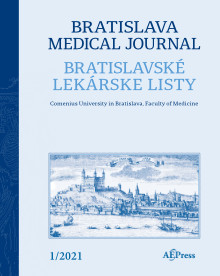
“Vasculogenesis (the process of differentiation of angioblasts toward endothelial cells and de novo formation of crude vascular networks) and angiogenesis (the process of harmonized sprouting and dispersal of new capillaries from previously existing ones) are two fundamentally complementary processes, obligatory for maintaining physiological functioning of vascular system. In clinical practice, however, the later one is of more importance as it guarantees correct embryonic nourishment, accelerates wound healing processes, prevents uncontrolled cell growth and tumorigenesis, contributes in supplying nutritional demand following occlusion of coronary vessels and is in direct relation with development of diabetic retinopathy. Hence, discovery of novel molecules capable of modulating angiogenic events are of great clinical importance. Recent studies have demonstrated multiple angio-regulatory activities for endocannabinoid system modulators and endocannabinoid-like molecules, as well as their metabolizing enzymes. Hence, in present article, we reviewed the regulatory roles of these molecules on angiogenesis and described molecular mechanisms underlying them.”
https://pubmed.ncbi.nlm.nih.gov/36317321/
https://onlinelibrary.wiley.com/doi/10.1002/cbf.3754
“Inhibition of tumor angiogenesis by cannabinoids”








